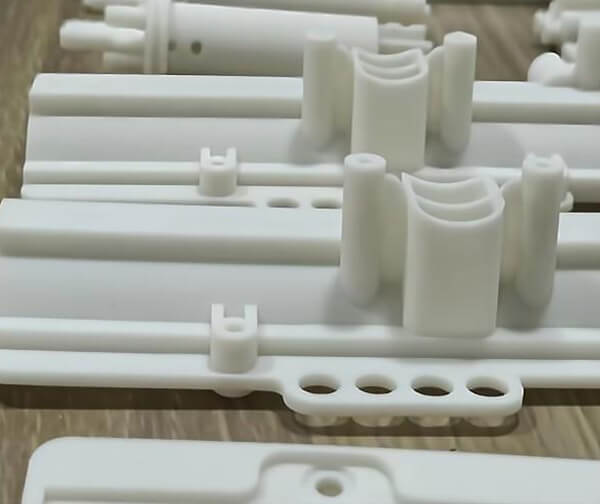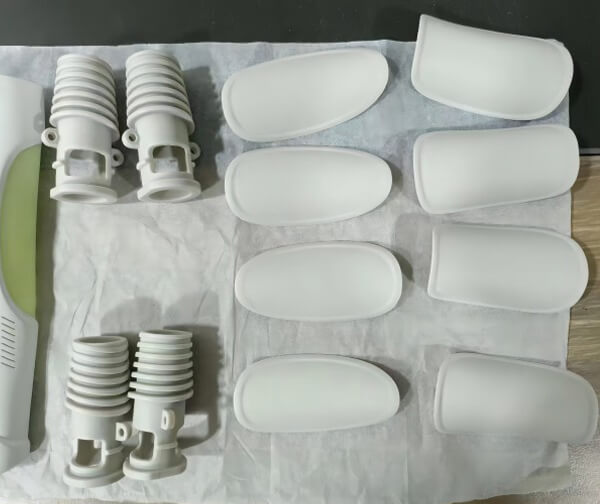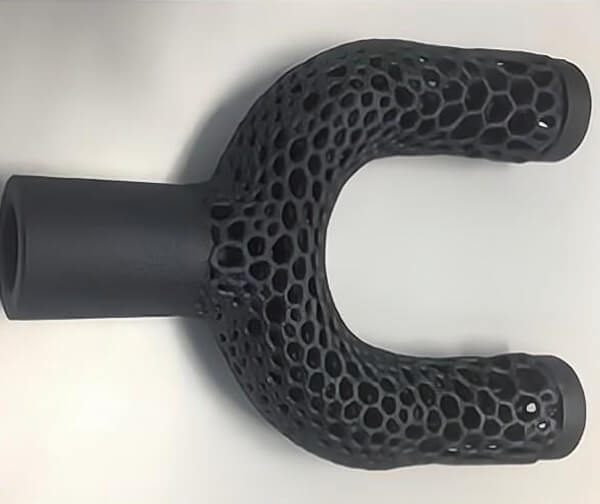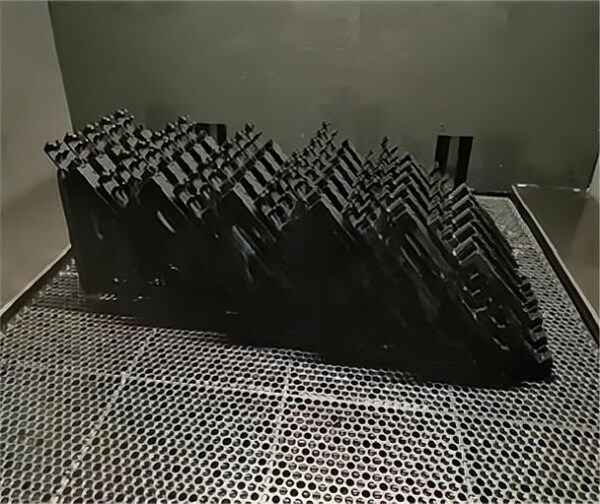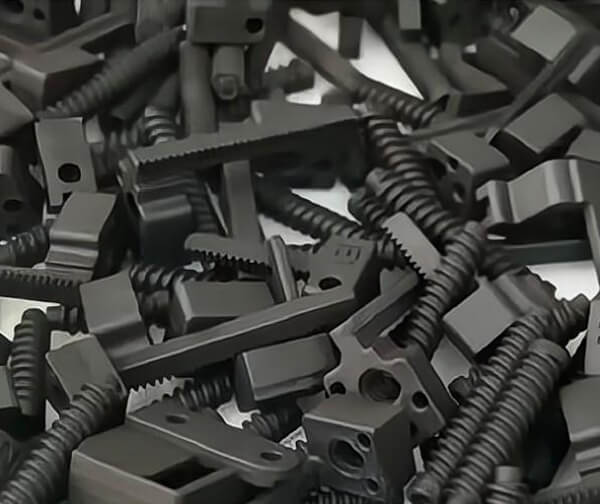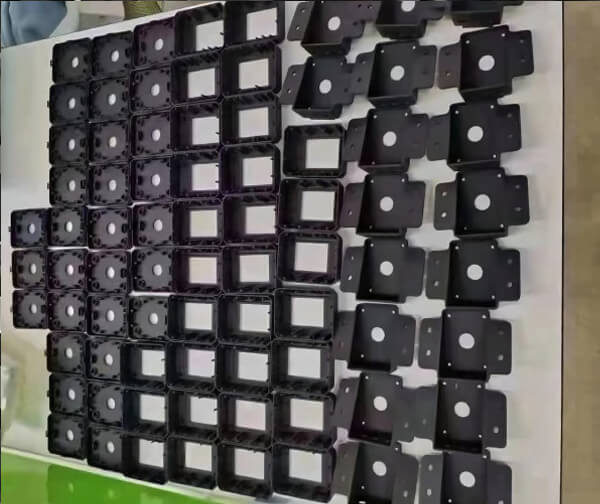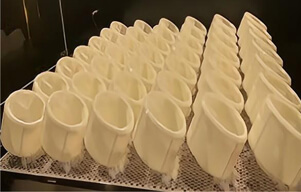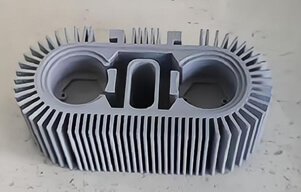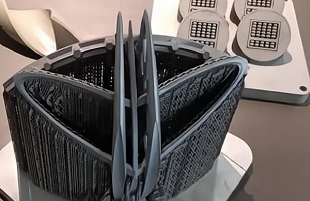How Does SLS 3D Printing Services Works?
1.SLS 3D printing technology is powder sintering with the help of infrared laser in elevated temperature which helps the grains of the powder to consolidate before being bound with the laser beam. This type of additive 3D printing is widely used for short-run production of small parts. SLS has almost no printing limitations, and can freely design and print parts with complex geometries.
The main process of selective laser sintering technology is as follows:
2. First, a layer of powder material is spread on the upper surface of the molded part with a powder roller; it is heated to a temperature just below the powder sintering point by the constant temperature device in the printing room. A certain temperature, and then the control system controls the laser beam to irradiate the powder layer according to the cross-sectional profile of the layer, so that the temperature of the powder in the irradiated area rises above the melting point, and sinters and combines with the powder layer to form a part below;
3. When one section of a layer is sintered, the working piston under the printing platform descends to the height of the thickness of one layer, and the powder spreading system sprinkles new powder on the sinking worktable; then the laser beam is controlled to sinter the new layer again, and so on. and print layer by layer until the printing of the entire three-dimensional part is completed; finally, the unsintered powder is recycled into the powder cylinder, and the formed printed prototype part is taken out.
Different from other printing equipment, the prototype printed by SLS cannot be taken out for use immediately after printing, but needs to wait for the whole prototype to cool down before taking it out and placing it on the workbench, otherwise the prototype may overheat and cause danger during operation. When the whole SLS printed prototype is taken out, the powder on the surface can be carefully brushed off with a brush, and the recovered and residual powder can be reused.
SLS Materials- Common Used Selective Laser Sintering Materials
Nylon is a major category printing polymer for SLS. This is mainly because when laser sintering nylon, nylon have best absorption rate for visible laser (almost completely absorbed). The commonly used SLS Nylon Material are Nylon6, Nylon11, Nylon 12. Each material offer their own unique characteristic and advantages:
Nylon 6
Nylon 6 is widely used material. Nylon 6 is usually translucent or milky white crystalline polymer. Burning into a yellow flame in the blue background, burning the plant flavor. The melting temperature is low and the processing performance is better than other PA. The parts have a high impact strong rate, the load is decentralized, soft, and the thermoplastic, light quality, good toughness, resistant to resistance and aromatic solvents and durability are suitable for use under light load. Gratitude, self -lubricating and solvent resistance. It has good vibration, noise reduction ability, but high water absorption rate, PA6 is not suitable for working in a humid environment.
Nylon 11
Compared with other Nylon, Nylon 11 has the advantages of small density, high strength, good size stability, stable chemical performance, and excellent advantages of electrical insulation performance. Compared with Nylon6, Nylon11 may be slightly higher in price
Nylon 12
Nylon 12 is a linear, semi-crystalline-crystalline thermoplastic material. Nylon12 is similar to Nylon11, but the crystal structure is different. The relative density is small, only 1.02, and some are even lower than 1. It is the smallest in the nylon series. The PA12 is a good electrical insulation and will not affect the insulation performance due to humidity as other polyamide. It has good anti -impact, chemical stability, and is as toxic and safe as nylon 11. But Nylon12 is afraid of strong oxidative acids, such as manganate, concentrated sulfuric acid, etc.

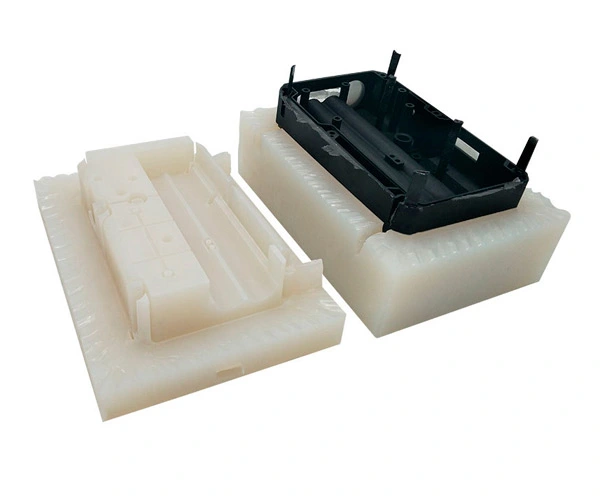
 EN
EN
 ja
ja  ko
ko  fr
fr  de
de  es
es  it
it  pt
pt  ar
ar  tr
tr  iw
iw 